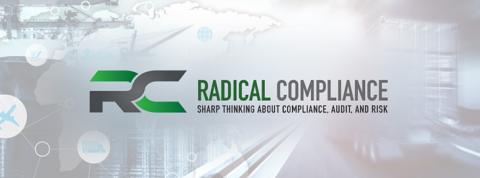How to Build a Risk Register for Your Business
Every successful risk management program works by identifying, analyzing, prioritizing, and mitigating risks. In most enterprises this process is repeated at regular intervals, so that organizations can generate data each time about the threats to business operations, the risk those threats pose, and the steps necessary to reduce risk. That is an enormous amount of data a company must track. To do so — and to do so smartly — companies can build a risk register.



